Join the Big Butterfly Count!
How YOU can help our native butterflies…
Calling all wildlife lovers – our butterflies need you! Join the Big Butterfly Count and discover flaptastic butterfly facts…
What is the Big Butterfly Count?
Every year, the Butterfly Conservation charity organises a huge citizen science project called the Big Butterfly Count, where members of the public (that’s people like YOU!) count butterflies and moths in their local area.
How do I take part?
Between 18 July and 10 August, spend 15 minutes in any outdoor space and count any butterflies and day-flying moths that flutter by. Record the number you see, as well as their species.
TOP TIP!
With a grown-up’s permission, download the free Big Butterfly Count app to help you identify each species, or visit the Big Butterfly Count website for easy ID guides.
Once you’ve counted your butterflies, log your sightings on the Big Butterfly Count website or app!
You can take part as many times as you like, so try visiting a few different places, like a park, a field, and a woodland. What will you find in each one?
Why does it matter?
All the findings are collected into a big database, which helps scientists understand how the UK’s butterfly species are doing – and how to take action to help any that are struggling!
This is especially important at the moment, as over 80% of UK butterfly species are in decline. By studying them, we can learn when and why things are going wrong, and help make them better.
10 brilliant butterfly facts
1. Many butterflies and moths taste with their feet.
Instead of mouths that can bite and chew, butterflies have a long, straw-like mouthpart for sipping nectar from flowers. So they taste with other parts of their body, including their feet, wings and antennae! This helps them work out whether the plants they land on are good places to lay eggs.
2. Most butterflies have a top speed of about 19kmph.
There are speedier species though – skippers can soar at almost 60kmph! Butterflies with slender bodies and strong wings tend to be the fastest fliers.
3. Some caterpillars will eat their entire bodyweight in leaves – in just one day!
They can be picky eaters too. The caterpillars of small blue butterflies only eat one plant, called kidney vetch. But they don’t eat the leaves – instead, they live inside the yellow flower heads and feed on the developing anthers and seeds! Click here to learn more about caterpillars.
4. Many moths are masters of disguise.
The hummingbird hawk-moth (pictured above) rapidly beats its wings, just like tiny hummingbird – and its caterpillar looks a bit like a snake! The Chinese character moth disguises itself as bird poo and the hornet moth looks just like… you guessed it… a hornet!
5. Butterfly wings are covered in scales.
Butterflies have hundreds of thousands of tiny scales on their wings, overlapping like tiles on a roof. Each scale is as teeny as a speck of dust, but all together, they help the insect fly, regulate their temperature and reflect light to give butterflies their shimmery colours.
6. There are about 18,000 butterfly species on Earth – and over 160,000 species of moths!
That includes 59 butterfly species in the UK. Some of the most common ones here are the red admiral, gatekeeper and meadow brown. One species, the large blue, went extinct in 1979 – but it’s since been reintroduced and restored by conservation efforts. Hooray!
7. Painted lady butterflies go on an incredible 14,500km migration, from tropical Africa to the Arctic Circle and back!
The journey is too far for any individual butterfly to make. Instead, a succession of up to six generations each completes a leg of the journey – a bit like a huge butterfly relay!
8. Some butterflies really like the smell of poo.
The purple emperor butterfly avoids flowers, preferring to feed on animal poo, carrion, muddy puddles and even human sweat. Urgh!
9. Butterflies have existed for over 100 million years.
The earliest butterflies evolved during the Cretaceous Period – so they may have lived alongside dinosaurs like Triceratops, Iguanodon and T. rex! Pictures of them are even carved on the walls of Ancient Egyptian tombs and temples, as you can see in this photograph. Wow!
10. You can help butterflies!
Learning about these amazing insects is a great first step. Next, take part in the Big Butterfly Count to help conservationists look after them! Want to do more? Create a butterfly-friendly space by planting native flowers like primroses, marjoram and forget-me-nots in a warm, sunny spot – then see which butterflies come to visit! You could even ask your school to plant flowers too.
Will you be taking part in the Big Butterfly Count? Tell us what you spot in the comments below!
Girl holding butterfly and butterfly ID image © Butterfly Conservation; Painted lady © Andrew Cooper / Butterfly Conservation; All other images © Adobe Stock.
More Like Insects
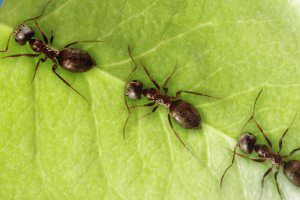
10 cool facts about ants!
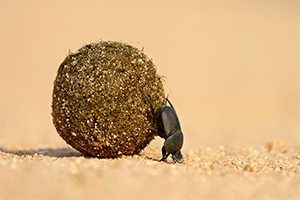
25 cool things about bugs!
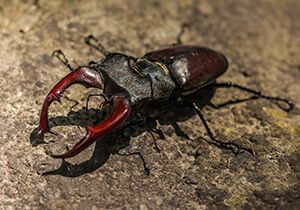
Stag beetle facts!
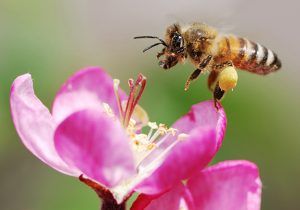






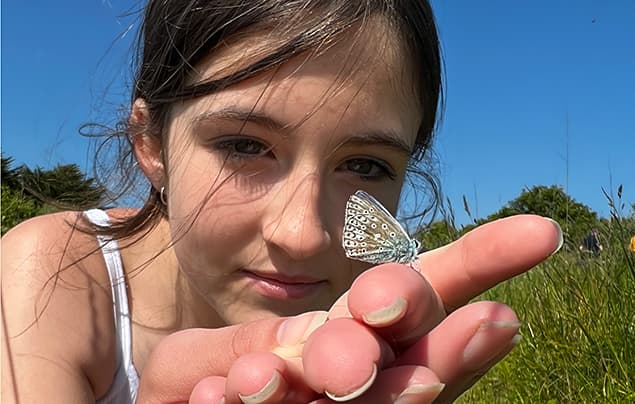
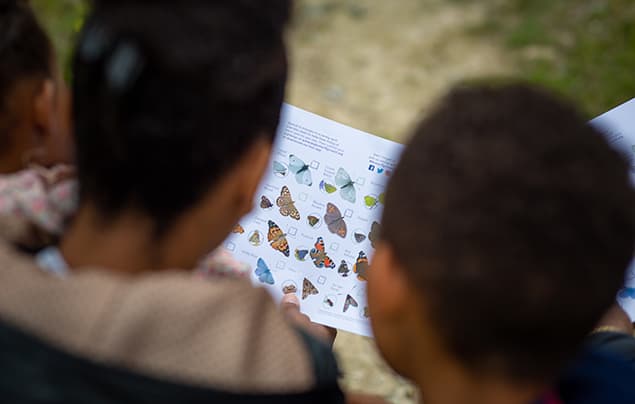
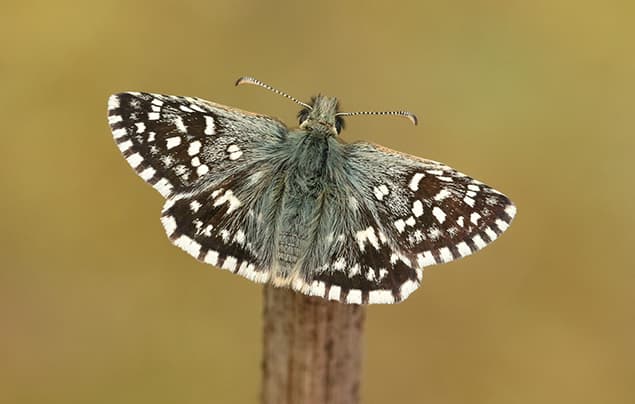
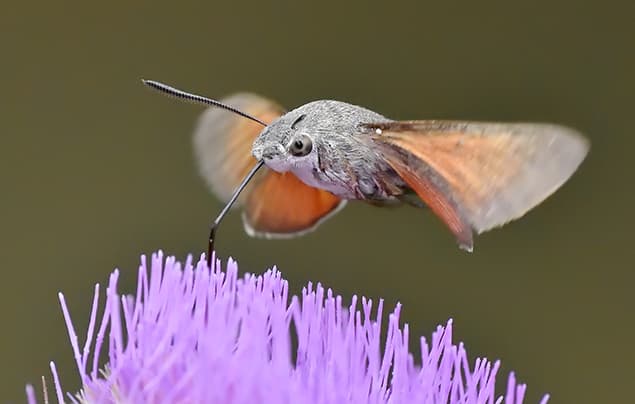
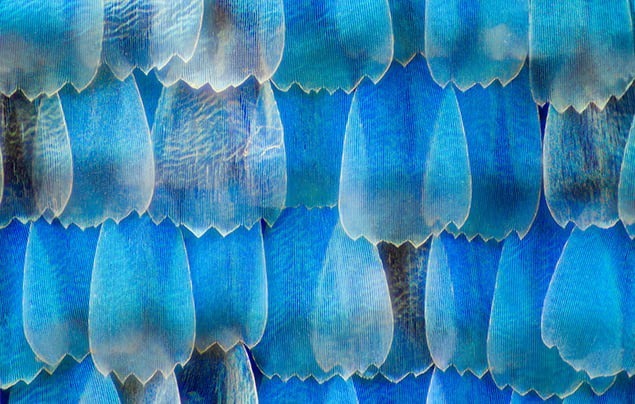
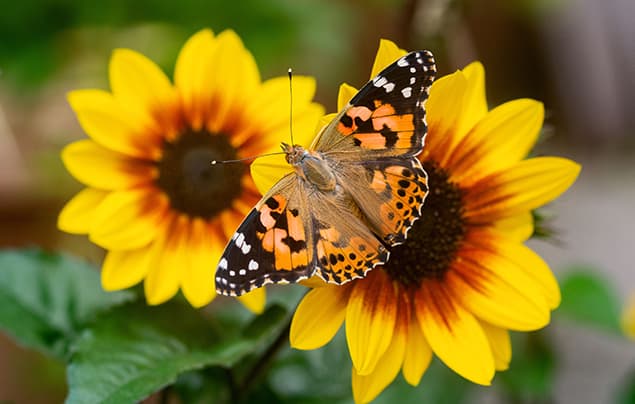





LEAVE A COMMENT
THANK YOU
Your comment will be checked and approved shortly.
WELL DONE,
YOUR COMMENT
HAS BEEN ADDED!
COMMENTS1
pro 6 7
I love butterfly's
JAH
I love these facts there so amazing they inspired me to start my own garden.
JAH
this is amazing I love all these facts.I'm going to start my own garden.
jammy_wisdomacademy_Y5
I LOOOOOOOOOOOOOOOOOOOOOVE BUTTERFLIES
james
l loved it so much and butterflyies are my fav
kittycat
i loooooooooooooooooooooooooooooooooove butterflies
nice flies
charlotte
thank you for the butterfly facts
love the butterfly facts!
Hermione fan!!!
I loooooooooove butterflies sooooooooo much I told my head teacher to create a butterfly garden !!!!!
macie
i love your thing on butter flies and every thing y
Hetty
I saw 23 butterfly’s
Ananya
These facts are great. I told my school about this and we planted some flowers in our school garden. We have lots of parks and I saw many butterflies busy pollinating flowers. I even visited butterfly garden and the different species I saw and the vibrant, vivid colors were spectacular.
mila
i love it
Maureen
We have lots of different butterflies in our garden. We have Buddelia bushes, which they love.
Kuromi 9 years old
there lovely
TomTom
Only today I saw 507 butterflies in my garden. Soo cool. If anyone has Roblox search for a player called TomTomIsTheBest2.
Namia 7/8
butterfly colours are asowme
Anika
I am. Lovely
the only 1
love butterflys
CUSTOMIZE YOUR AVATAR